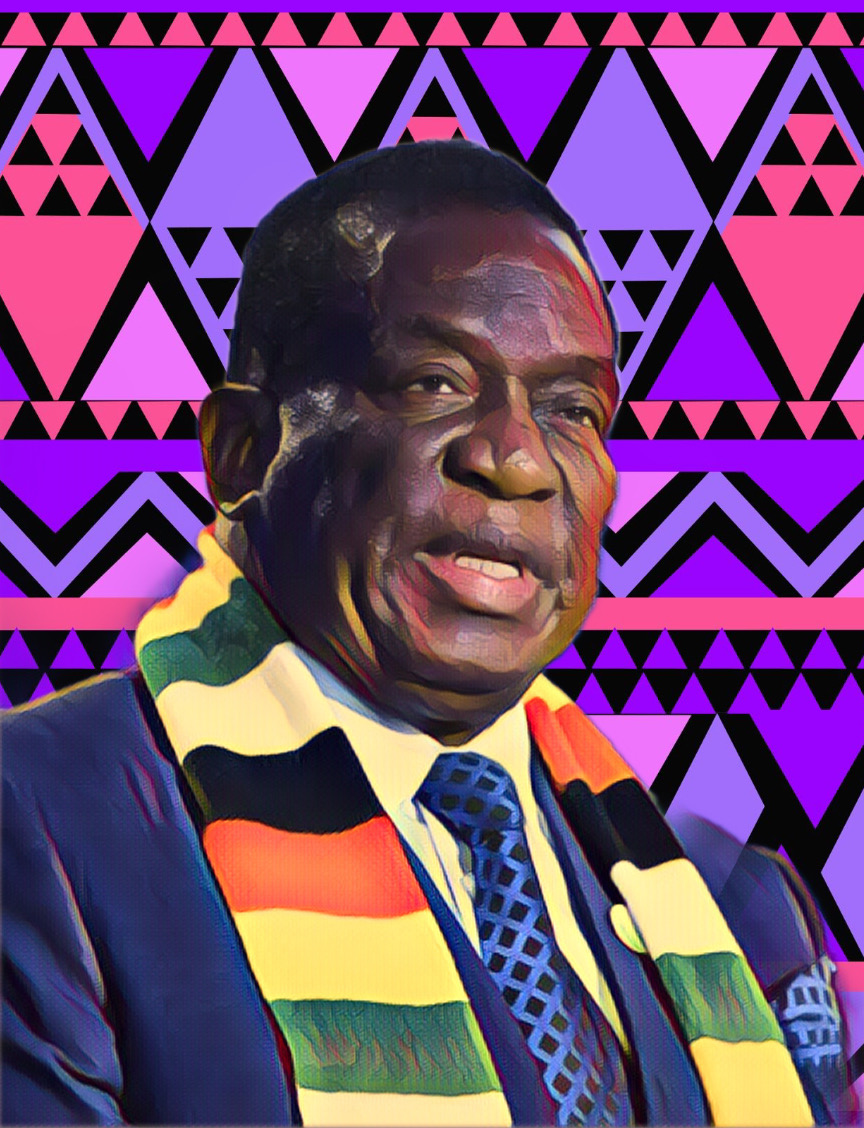During the National Youth Day celebrations in Masvingo, President Emmerson Mnangagwa made promises aimed at empowering the youth, aligning with the theme “Positioning youth empowerment and development towards achieving vision 2030.” He announced government initiatives like the Presidential Heifers Pass-On Scheme, Integrated Youth Schemes Development, and Agriculture Mechanisation Schemes as opportunities for youth empowerment. Mnangagwa encouraged young people to engage in partnerships and business ventures that could enhance their livelihoods without the necessity of leaving the country.
However, these pledges were met with skepticism by youth groups, who criticized the president’s speech as another series of unfulfilled promises, given the government’s track record since Mnangagwa’s tenure began in 2018. Representatives from the Zimbabwe National Students Union (Zinasu) expressed their disillusionment, highlighting the disparity between the promises made and the harsh realities of poverty, unemployment, and educational barriers that the youth face daily. They argued that there was nothing to celebrate on National Youth Day, pointing out the pervasive issues of deferring studies due to financial constraints and the broader socio-political challenges that undermine democracy and the gains of the liberation struggle.
Zinasu members and the Youth Decides Zimbabwe collective voiced their concerns over the lack of political will to address youth issues effectively, particularly criticizing the failure to enact the National Youth Policy (2020–25) and the National Youth Bill. These shortcomings, they argued, demonstrate a disconnection between government rhetoric and actionable support for the youth as key drivers of change and development.
The Zimbabwe Human Rights Association (ZimRights) and the Zimbabwe Human Rights NGO Forum also weighed in, noting the grim realities that overshadow the celebration of National Youth Day. They highlighted the rise in drug and substance abuse among the youth, the exploitation of young people as instruments of political violence, and the overall sense of apathy towards civic and democratic engagement. Moreover, they underscored the broader implications of unemployment, underrepresentation in governance, and the misuse of youth in political maneuvering, painting a picture of a society in crisis, where the needs and rights of the youth are sidelined.
These responses collectively paint a picture of a youth population in Zimbabwe that is increasingly disillusioned with government promises, seeking tangible actions and reforms that address the root causes of their challenges. The call for genuine, impactful change underscores a deep-seated desire among the youth for a future where their potential is recognized and nurtured, allowing them to contribute meaningfully to the nation’s development in a supportive and inclusive environment.
Source: Newsday


